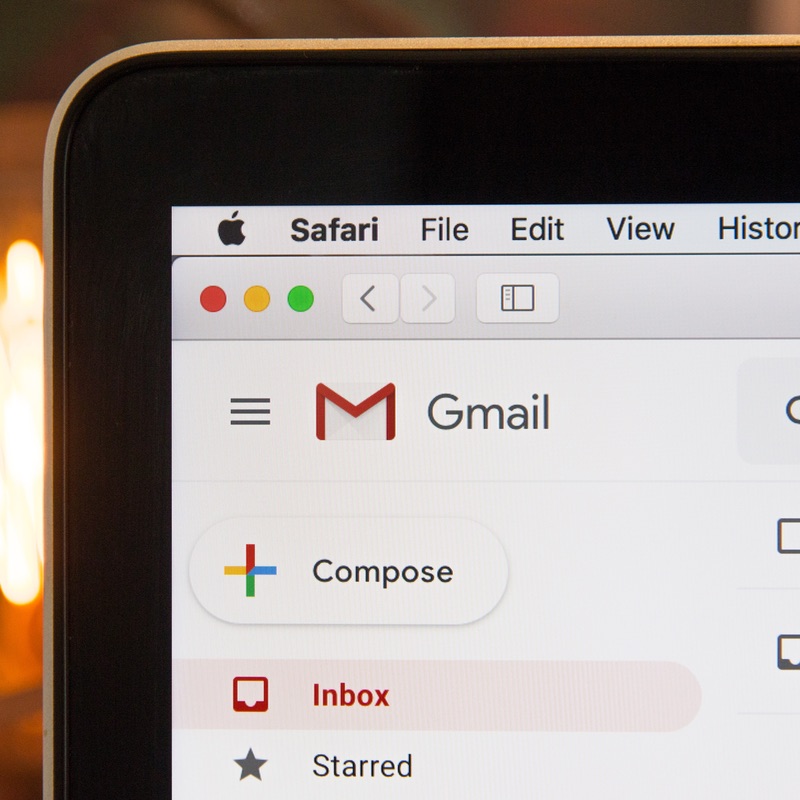
As the world goes more and more digital, we're seeing more cyber attacks, data breaches, phishing scams and large-scale hacking attacks. Although big corporations are getting hacked, every one of us is a potential target and we all have profitable information that hackers want to get their hands on.
One of the easiest ways bad guys can gain access to this valuable data is by hacking our email accounts. There are over 7 billion email accounts throughout the world and unfortunately upwards of 1/3 of these accounts will be hacked at some point.
The simple reason is that each account contains huge quantities of data that can be monetised or used to commit identity fraud. Our email accounts will typically contain personal photos, invoices, receipts, addresses, contacts, itineraries, banking details and often reset passwords for other accounts. Everything hackers need to cash in and make a profit. Overseas hackers are even trying to hack into your account to get access to your Netflix, believe it or not.
Email can be violated in many ways, but the most frequently used routes are through phishing emails, exploiting software bugs, and guessing passwords. Upwards of 2/3 of people use the same password for all their accounts so if hackers can gain access to one, they can potentially break into them all.
Top Tips to Prevent your Emails Getting Hacked
Despite the increasing persistence of hackers, there are some easy steps anybody can take to prevent our emails getting hacked.
1."Consider the use of a Password Manager
You shouldn't use the same password everywhere. This is in case it gets hacked in one place it won't be violated everywhere. A password manager provides a centralised and encrypted location that will keep all your passwords safe. Password managers can also protect against some phishing attacks as they fill in account information based on the actual web addresses. If you think you're on your bank website but the password manager doesn't automatically log you in, there's a strong chance that you've wandered on to a phishing site.
2. Watch out for Suspicious Emails
Phishing emails have been around for a long time and despite a wealth of information about the different methods used to target victims, millions of people are still falling for these scams on a daily basis. This even sometimes happens at a very high level in US Politics! Phishing emails are carefully designed to trick you into entering confidential information such as an account number, password or date of birth by clicking on a link. The email may also include an attachment that once opened will directly infect your computer with malware. Be careful about those and check links before you click on them. Criminals are getting better at spoofing and targeting fake URLs.
3.Use a VPN for Extra Security
A VPN, or Virtual Private Network, is a great tool to help protect your privacy online. It lets you browse the internet safely and securely by sending your connection through a server and hiding your online connection and actual IP address. It essentially encrypts all your data so that a hacker can't tell what you are doing online or where in the world you are located. Quite simply, your data is safe and secure, and your internet activity is relatively untraceable if you're concerned about your privacy.
4.Activate Two-Factor Authentication
Two-factor (or multi) authentication offers an extra layer of defence in protecting the security of your email accounts. In addition to a password, two-factor authentication requires a second piece of information to confirm your identity, something you keep on your like a phone. This reduces the chance of a hacker being able to gain easy access to your accounts. They would have to find and access your cell phone in order to login to a site. Where you have the security option, turn MFA on and always check your privacy settings.
5.Secure your Home Router and Wi-Fi
When you're initially setting up your home network you will be asked to create a publicly visible network name, otherwise known as a SSID (Service Set identifier). Most devices are configured with a default network name that has been allocated by the manufacturer. You should immediately change the default name to make it more difficult for a hacker to know what type of router you have, thereby reducing the chance of attack. If you live in a large apartment building where you can see many routers, you'll often see some really hilarious names too.
These common sense tips will let you keep your email safer and reduce your online risk!
We hope you enjoyed reading this guide and learned something new! Check out our Learning Center to learn more about online privacy and security or consider subscribing to our Online Privacy Service to remove your phone number, name, and address from Google, Bing, Yahoo, and DuckDuckGo search results and hundreds of data broker sites.
